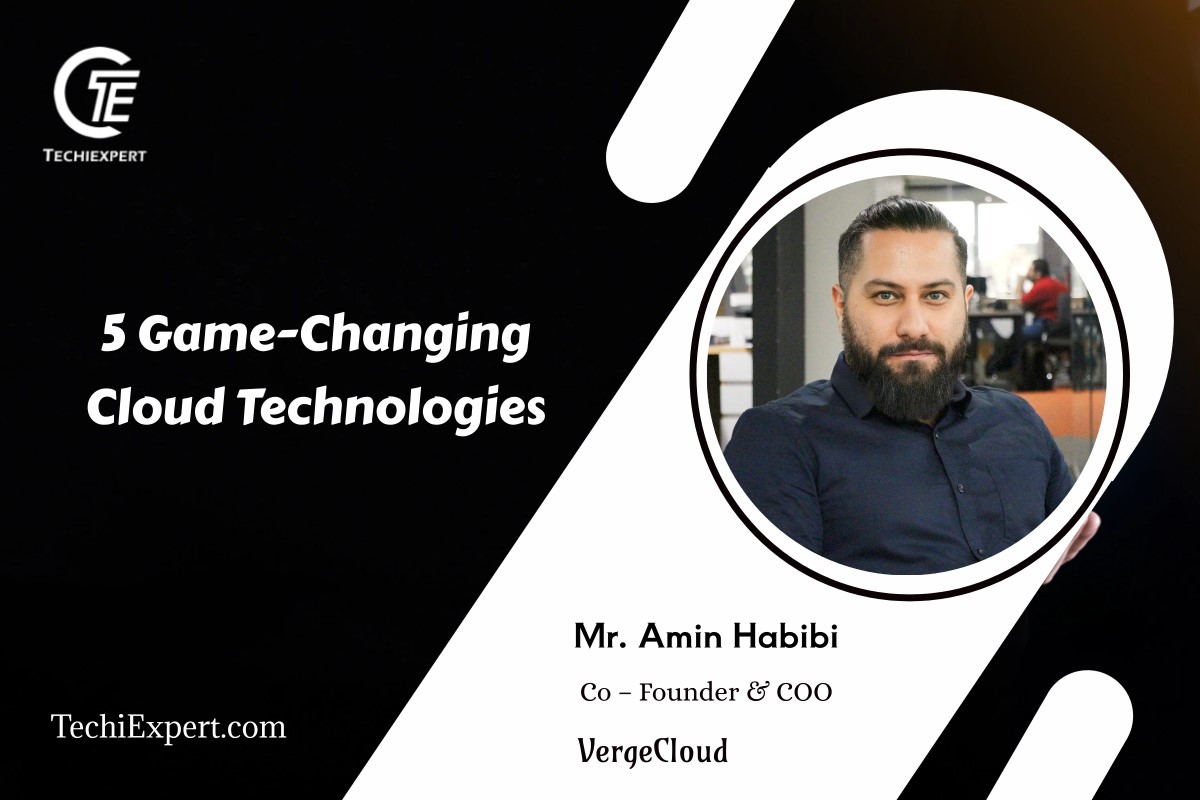The rising demand for real-time content delivery, secure transactions, and seamless digital experiences is pushing traditional cloud models to their limits. Whether it’s video streaming with zero lag, latency-sensitive financial APIs, or scaling healthcare platforms under peak loads, today’s workloads demand far more than uptime alone.
By 2025, over 75% of enterprise-generated data will be created and processed outside a traditional centralized data center or cloud, at the edge.”
— Gartner, The Future of Cloud and Edge Infrastructure.
The pressure is on for next-gen cloud infrastructure to deliver blazing speed, ironclad security, and intelligent scalability — all while keeping costs predictable and user experience seamless. So, in 2025, which technologies are shaping the next-gen cloud infrastructure in the next five years?
Here are five emerging cloud technologies that are reshaping how forward-looking organizations build, deploy, and deliver — with edge-first thinking at the core.
1. AI-Driven Cloud Services: The Intelligent Backbone
Traditional cloud infrastructure reacts. AI-driven cloud infrastructure anticipates. In today’s high-stakes digital landscape, downtime costs money, lag kills experience, and over-provisioning drains budgets. In 2025, cloud providers are embedding AI deeply into their service stacks, automating everything from resource allocation to security threat detection and predictive analytics. AI enables:
- Smarter scaling — so your infrastructure grows with demand, not wastefully ahead of it.
- Faster incident response — because AI spots and resolves issues before your users ever notice.
- Greater operational efficiency — reducing manual overhead while improving uptime, cost visibility, and performance.
For businesses running real-time streaming, financial services, or mission-critical healthcare apps, AI turns infrastructure from a backend cost center into a competitive edge.
2. Edge Cloud Computing: Bringing Intelligence Closer to the User
Latency is the new downtime — and today’s users won’t wait. From real-time video streaming and financial transactions to healthcare telemetry and gaming, speed, scale, and accuracy are non-negotiable.
To meet this demand, modern cloud infrastructure is shifting toward edge-native serverless computing — blending the power of edge cloud computing with the flexibility of serverless architecture always ensuring-on, low-latency delivery, even during peak traffic. Platforms like VergeCloud Edge Functions and Cloudflare Workers are leading this evolution, deploying code and traffic logic closer to users, without server management overhead. From personalized content delivery to API gateways and real-time authentication, serverless platforms now handle millions of requests per second — automatically scaling based on demand.
With 40+ global Points of Presence (PoPs) powered by Anycast routing and multi-layer redundancy, VergeCloud delivers ultra-low-latency performance and resilient availability even under dynamic workloads and peak traffic conditions.
Edge-native serverless platforms allow organizations to:
- Run lightweight, event-driven code at the edge — reducing round-trip delays.
- Handle dynamic workloads with zero pre-provisioning, ensuring optimal resource usage.
- Enable use cases like API gateways, personalization, authentication, and real-time data processing — all with built-in scalability and observability.
- Auto-scaled execution reduces idle resource costs while maximizing responsiveness.
- Developer-first tools like Git-based CI/CD Pipelines, observability hooks, real-time logging, and version control empower teams to build fast and deploy globally — without the complexity.
3. Infrastructure as Code (IaC): Scaling with Precision
Managing cloud infrastructure through spreadsheets or manual configurations? That’s a recipe for drift, inconsistency, and security risks.
In 2025, Infrastructure as Code (IaC) is the gold standard. Tools like Terraform offer a declarative, cloud-agnostic framework to provision infrastructure across multi-cloud environments. Paired with CI/CD, policy-as-code, and version control, IaC enables secure, repeatable, and scalable deployments — a must in today’s fast-moving digital landscape.
As teams scale globally and adopt hybrid cloud strategies, IaC brings governance, auditability, and automation to the forefront of cloud management.
4. Real-Time Observability: See Everything, Fix Faster
In complex, distributed systems, things break — often silently. That’s why real-time observability isn’t an option anymore.
Cloud-native monitoring tools like Datadog, Loggly, Grafana, and New Relic provide end-to-end visibility into logs, traces, metrics, and events. When integrated with edge infrastructure, they empower DevOps teams to detect latency spikes, service degradation, or security anomalies before users ever notice.
AI-powered observability in 2025 brings predictive insights, anomaly detection, and root cause analysis — helping teams move from firefighting to proactive infrastructure health management.
5. Intelligent Traffic Governance at the Edge
Security isn’t just about firewalls anymore. It’s about making real-time decisions on every request — based on behavior, origin, rate, and intent.
Enter edge-based traffic governance: rate limiting, bot mitigation, DDoS defense, geo-blocking, and WAF policies enforced before the request reaches your core systems. Tools like EdgeGuard by VergeCloud and Fastly Edge WAF offer intelligent, transparent traffic control, ensuring uptime, compliance, and protection — all from the edge.
The growing volume and sophistication of traffic (malicious or not) require controls that can scale without compromising performance.
Looking Ahead: A Future-Ready Stack, From the Edge Up
The cloud of 2025 is decentralized, automated, and deeply integrated with intelligence at every layer. From infrastructure provisioning to user delivery, performance is now defined by how close you can get to the user — securely, predictively, and cost-effectively. The future of the cloud isn’t just faster. It’s smarter, leaner, and built from the edge out.
Whether you’re a startup preparing for scale or an enterprise modernizing legacy systems, embracing these game-changing technologies isn’t just smart — it’s mission-critical.
